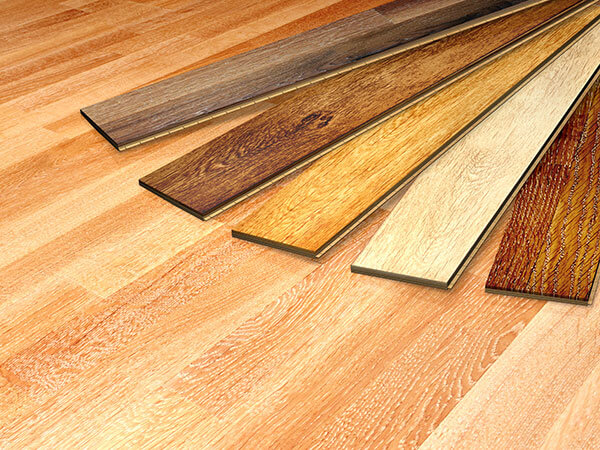If you’ve made the decision to install new floors in your home, there are always a few important things to keep in mind. While doing your research, you’re likely to find so much contradictory information about various materials that it’s difficult to wade through fact and fiction. This is particularly true when it comes to engineered hardwood flooring, which seems to have developed many misconceptions and myths around it over the years, especially when compared to something like laminate flooring. There are a few key misconceptions about engineered hardwood flooring that you absolutely need to clear up before you move forward.

Myth 1: Engineering Destroys What Is Great About Hardwood Flooring in the First Place
Many people are under the mistaken impression that if you go with engineered hardwood flooring, you’re losing some of that visual attractiveness that makes hardwood floors so wonderful in the first place. This is false: the top layer of an engineered hardwood floor is a hardwood veneer, so the floors themselves will look more or less identical to the hardwood floors that you know and love.
Myth 2: Engineered Hardwood Flooring is Less Stable Than Alternatives
Another common misconception involves the idea that by going with engineered hardwood flooring; you’re giving up some of the versatility and the stability of other alternative materials. This is also false to a staggering degree: engineered hardwood flooring is actually significantly more stable than traditional hardwood, particularly when it comes to heat and moisture. Because the engineered hardwood is constructed from multiple planks and is positioned over concrete, it will actually stand the test of time much better than other types of materials you could choose to use.
Myth 3: You Can Sand an Engineered Hardwood Floor
Whether or not you can sand an engineered hardwood floor has less to do with the material itself and more to do with the thickness that you’ve chosen to work with. Every time you sand an engineered hardwood floor for the purposes of refinishing, you’re losing a little bit of thickness. As a result, you can usually sand a floor one to two times in its lifespan before you need to start thinking about replacement.
Fowles
At Fowles, we are singularly committed to making sure that you have access to all of the high quality building materials and other items for your home renovation projects that you need when you need them the most. Whether you’re looking for timber flooring, carpet, or an entire new kitchen, we’re here for you. You should also be sure to stop by and check out our weekly Wednesday auctions to help score incredibly discounts over traditional retail prices, allowing you to stretch your return on investment significantly farther as you start on your path to building the home of your dreams. We also offer advice, showroom stock, a free measure and quote service and can assist with installation.
